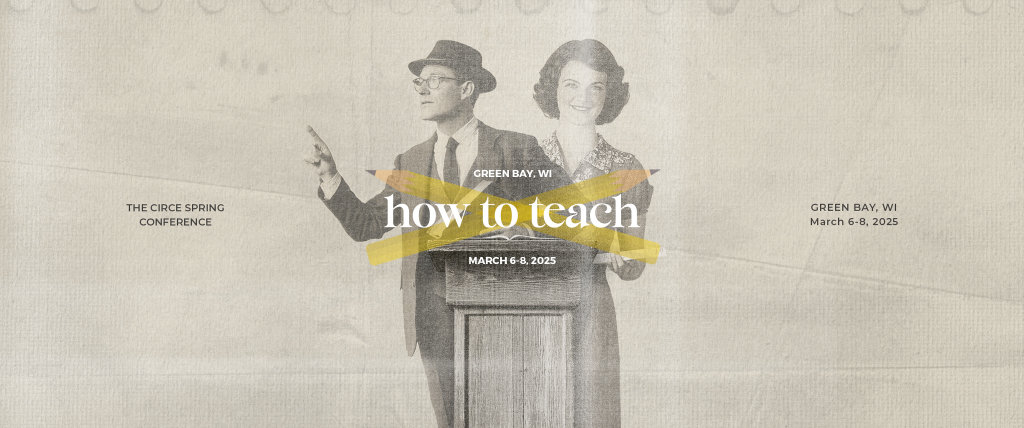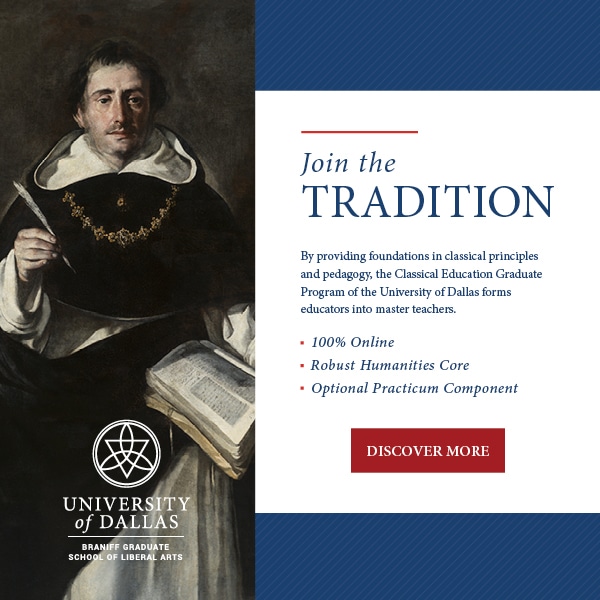Moralism and Mimetic Teaching.

I answered a question very badly today so I’m going to try to answer it better here. I was asked, given the nefarious effect of moralizing, how is teaching mimetically different from that.
Briefly, here’s mimetic teaching:
Christ is the form of truth because He is Truth. Among other things, that means that He is the Incarnate Word, or the embodied Logos. This is, as I said, the form of truth.
In other words, as we experience truth as humans, it is experienced through being embodied. If I want my child to learn the truth that 5+2=7 there is no better way than through manipulatives (i.e. incarnations).
Let’s say I want my student to learn a moral truth, like: it is good to share. The best way to teach that would be to 1. share something or, since I never want to do that, 2. read them a fable about sharing.
Those are two ways to embody the truth. Since we are not terribly good at doing good things consistently, we need stories to help us along.
Each of those examples show ways that when we teach we can imitate Christ, the embodied truth (Incarnate Logos).
Now, we humans are not terribly good at perceiving the truth since it can be pretty complex and also because we are sometimes thwarted in our agenda by it. So the teacher/mentor often needs to help the child/disciple perceive the truth. This is dangerous and easy to manipulate (in the wrong way) because we teachers and parents need to remember that we are just as depraved as our children. So be careful. Don’t abuse this power.
But here’s how it works.
Before you present the “type” or embodiment of the truth (a manipulative in math, a fable in morals, etc.), prepare your students to receive it by determining whether they are ready. See what they already know about it. Can they count to 7? If not, don’t try to teach them 5+2=7. Do they know what an ant is? A grasshopper? If not, don’t try to teach them the fable of the ants and the grasshopper.
Let them enjoy what they already know.
Then, having rested in past knowledge and supporting the law of learning that says that that new knowledge must be added to old, you present the type identified earlier. Five gummy bears plus two gummy bears equals seven gummy bears. Five M&M’s plus two M&M’s equal 7 M&M’s, etc.
Then, and this is as important as the rest, you compare the types with each other. “What did I do here and here? What was the same each time? What was different?” “How are the ants like the grasshopper? How are they different? How are their actions similar? different?”
In a story, you add this question: What do you think he should have done? or some variation. For example, in the fable, you could ask, “What do you think the ants should do? Should they feed the grasshopper?”
Then you ask, “What is the moral of the story?”
And as you can see, now we’ve gone moral. So how is that different from moralizing?
A couple observations: first, a fable is a morality tale, so given its nature and purpose, there is nothing wrong with identifying the moral. However, I believe that it is rarely (I want to say never) a good idea to tell your child the moral. Let them identify it. If they come up with an immoral one, you’ve learned something important about your child. Which you would not have done if you had told him the moral.
So moralizing would be making sure your child learns the moral you want him to learn.
But another way to moralize is to turn every story or history into a fable, as though everything that happens is so that we can learn a moral point. When you read a story, it’s fine to ask, “What should he do?” because that is what you are asking anyway and it is what stories revolve around. People make decisions and act on them and the reader follows to see whether the decision is appropriate.
But that’s not the goal of reading the story. It’s the means to entering its heart.
Your goal is not to leave the story saying, for example, “I learned from Anna Karenina that having an affair is a bad idea.” Sure that’s part of the story, but you’ll learn it more deeply by avoiding saying it. Plus it would turn a magnificent work of art into young adult fiction for moralists.
The cosmos is a work of art. To perpetually turn everything into a morality tale is a mistake. It dishonors the maker. Remember that the knowledge of good and evil is, for us, a post-fall knowledge, while the knolwedge of beauty and harmony is an eternal knowledge rooted in the very Being and Character of God Himself.
So teach mimetically, and when you read a story ask what a character should do, but don’t turn every story into a fable, the goal being to draw a simple moral out of it. That just robs the Good of its Beauty, which means it is no longer Truly Good because Goodness is Beautiful.
Andrew Kern
Andrew Kern is the founder and president of The CiRCE Institute and the co-author of the book, Classical Education: the Movement Sweeping America.










